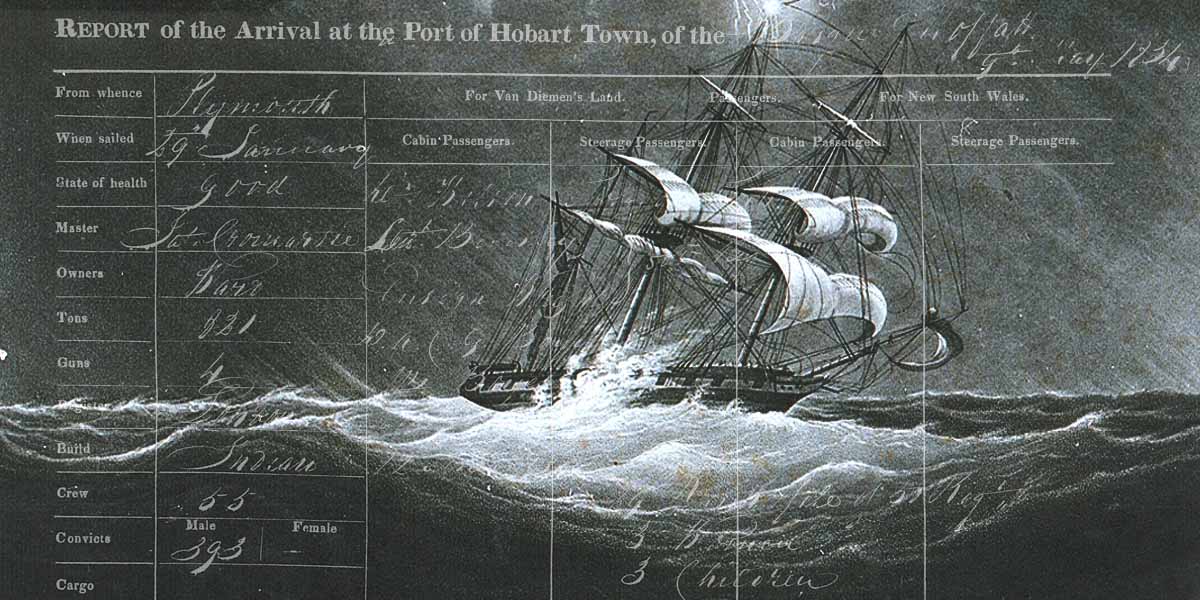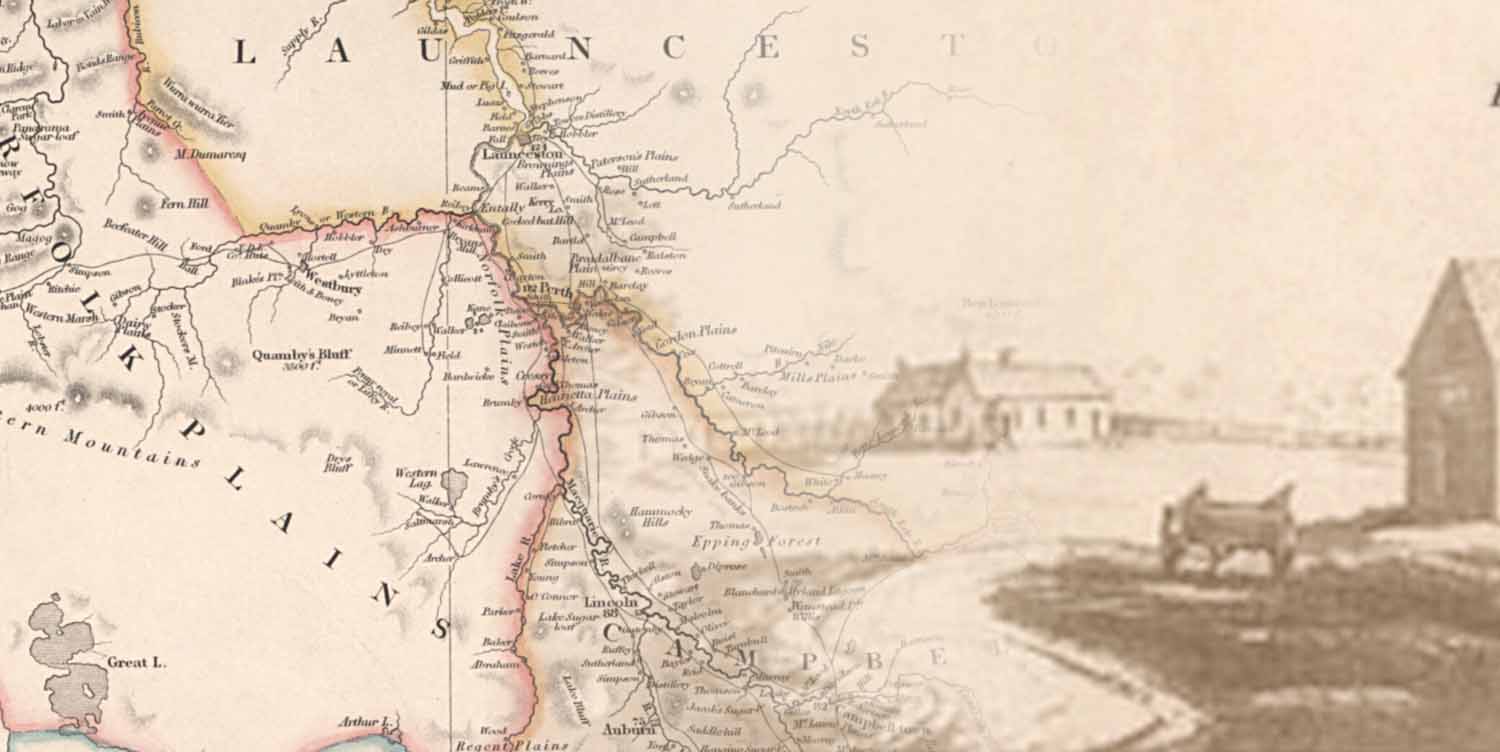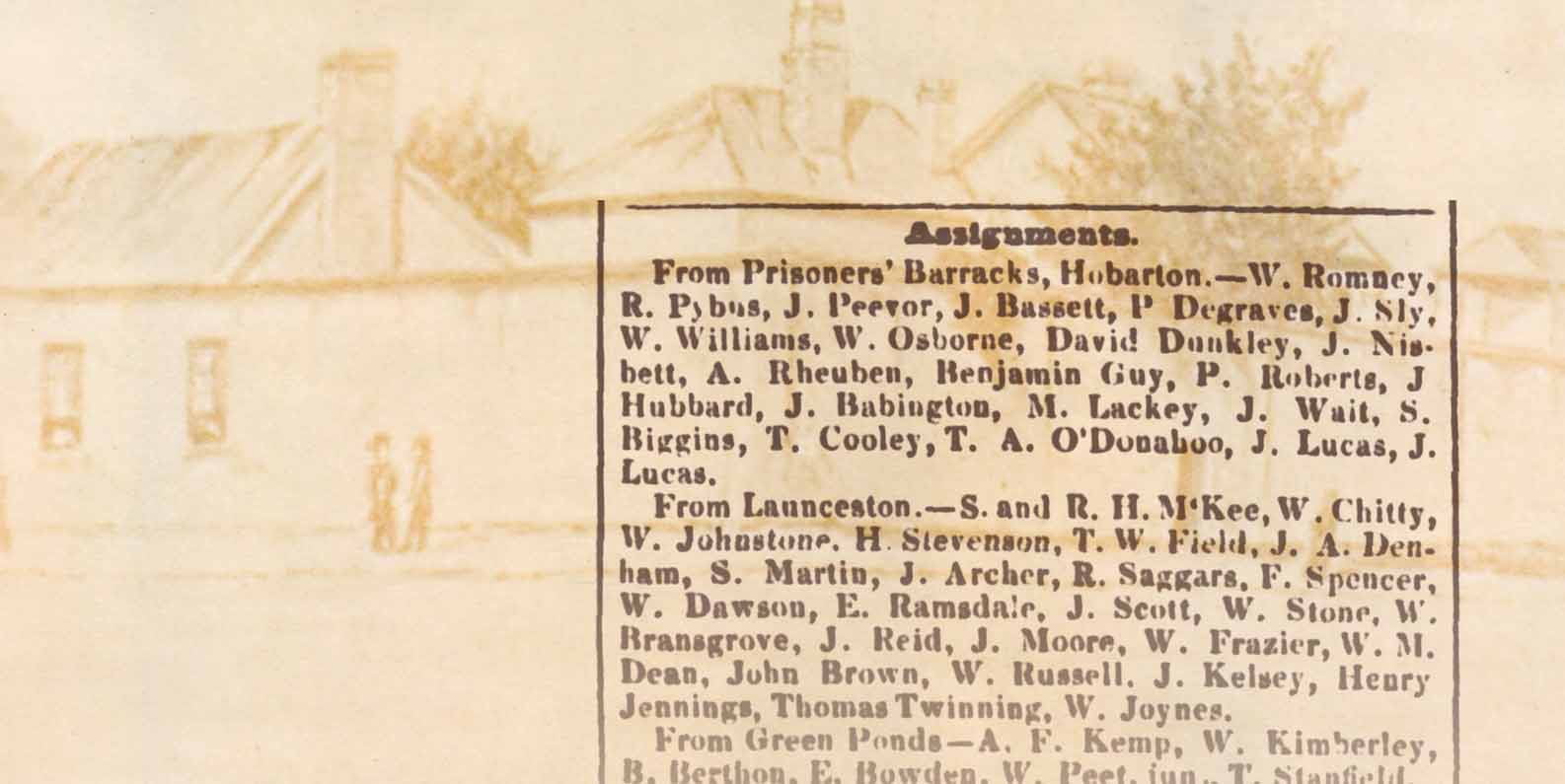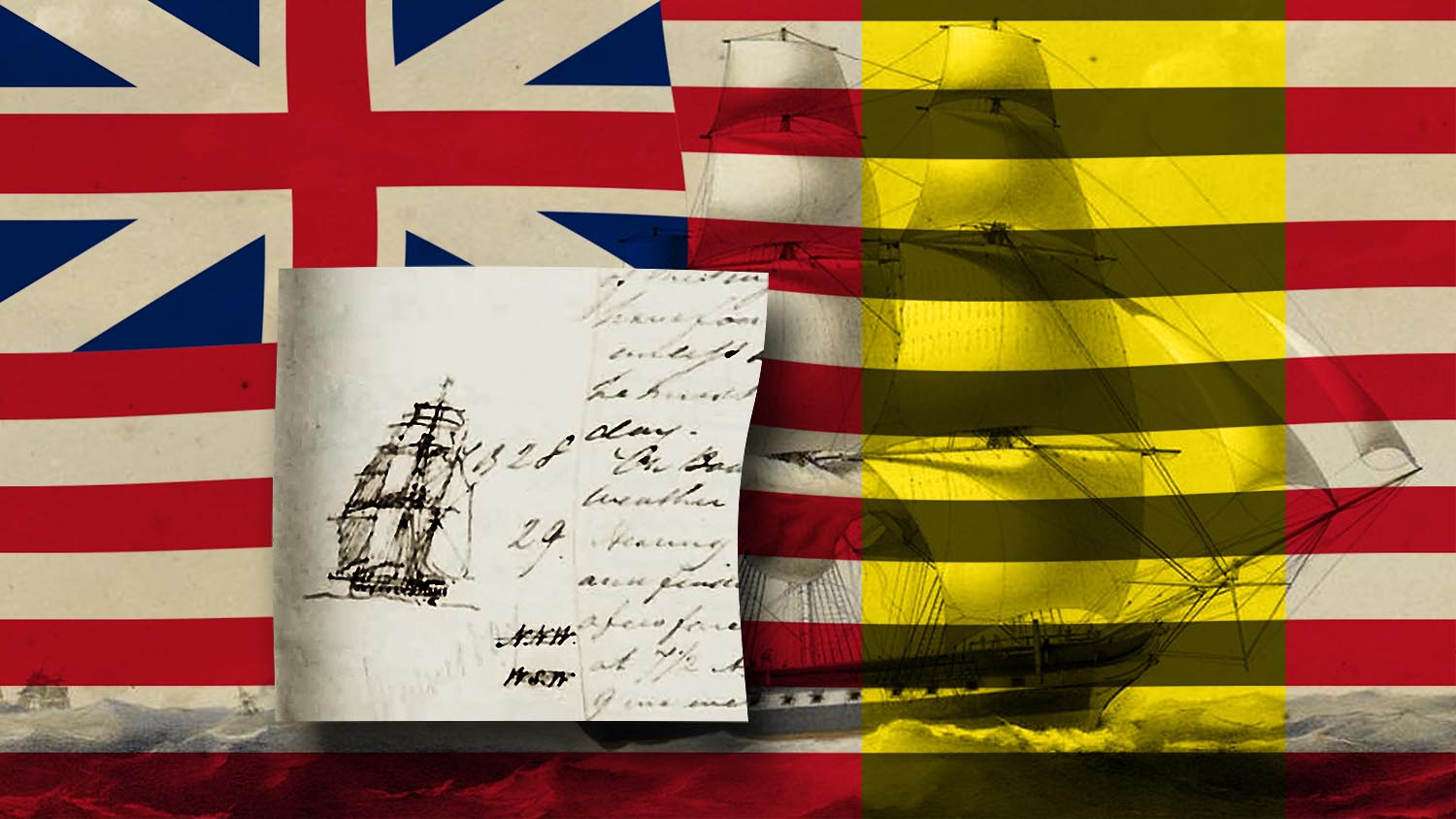Category: Tasmanian History

Much as I would dearly love to visit Tasmania again and wallow amongst the microfilm, that’s not going to be possible any time soon. Then, thanks to a lead not affiliated with any of the “official” sources of knowledge, I learnt that a certain religious sect have in their possession the documents I seek

The voyage of the Moffatt, transporting 400 convicts to Van Diemen’s Land in the year 1834, might be unique in that there are no less than two narrative accounts of the same passage, written with considerably more detail than the usual bald official accounts of departure and arrival, and the invariably incomplete manifests of passengers and crew.






